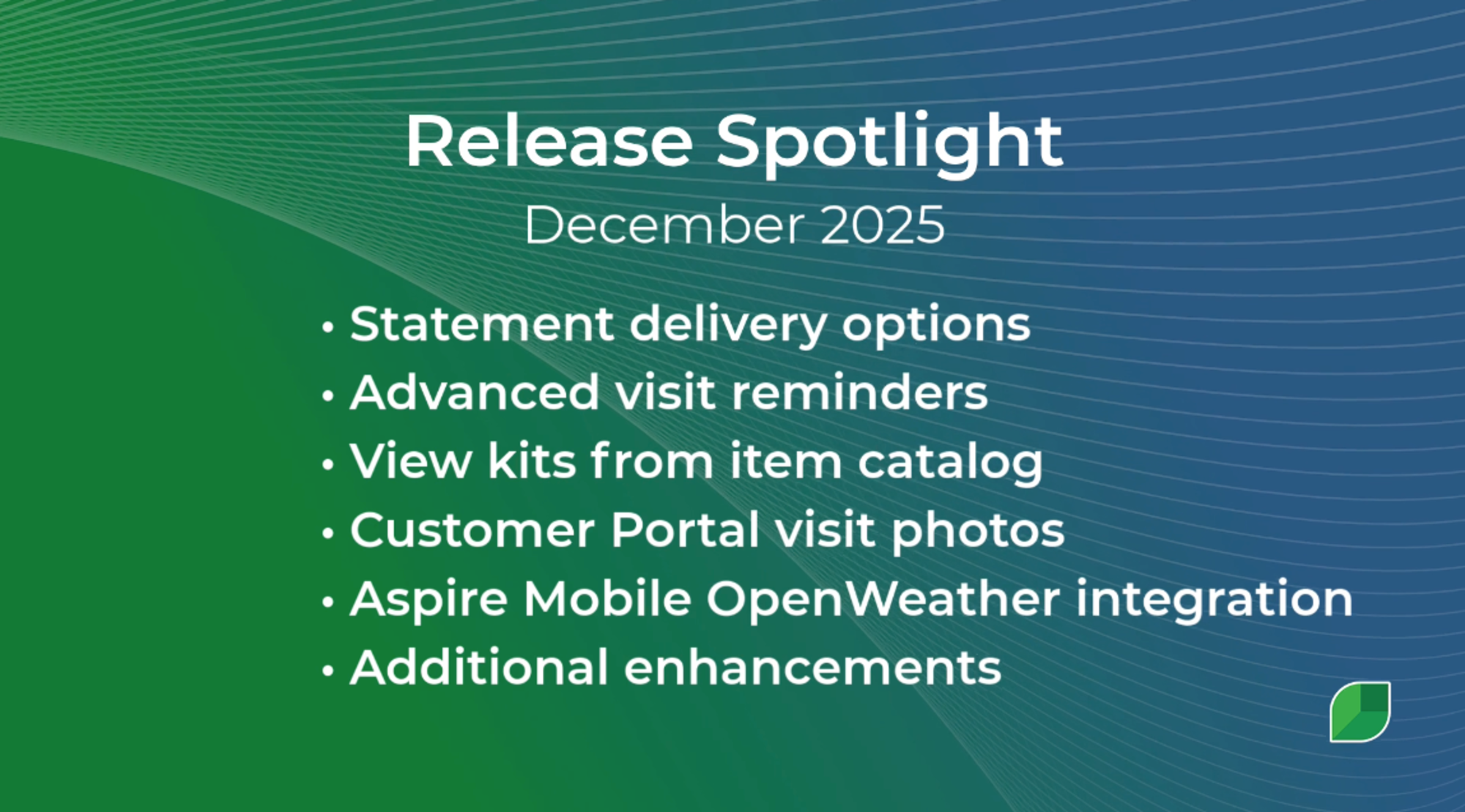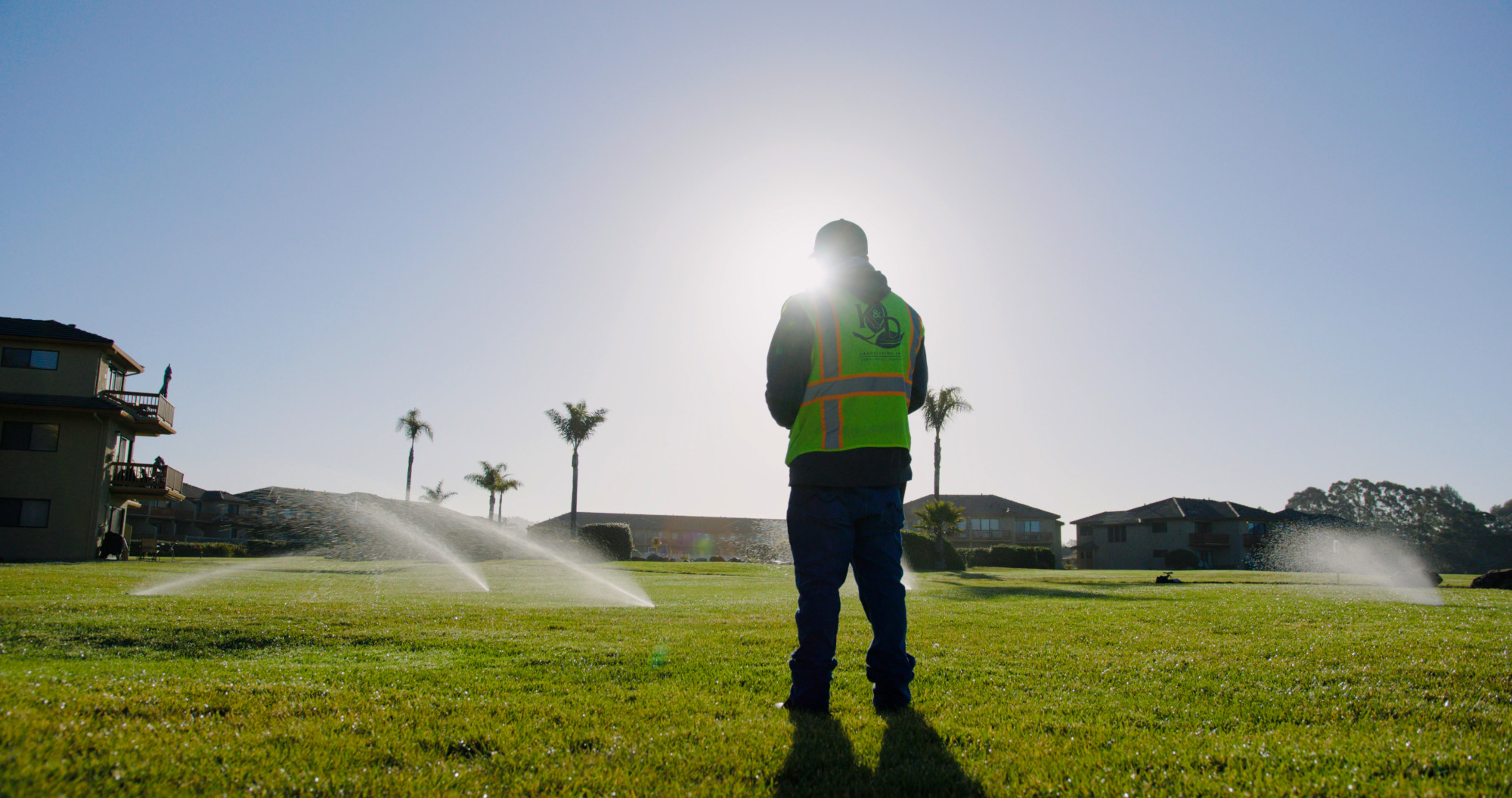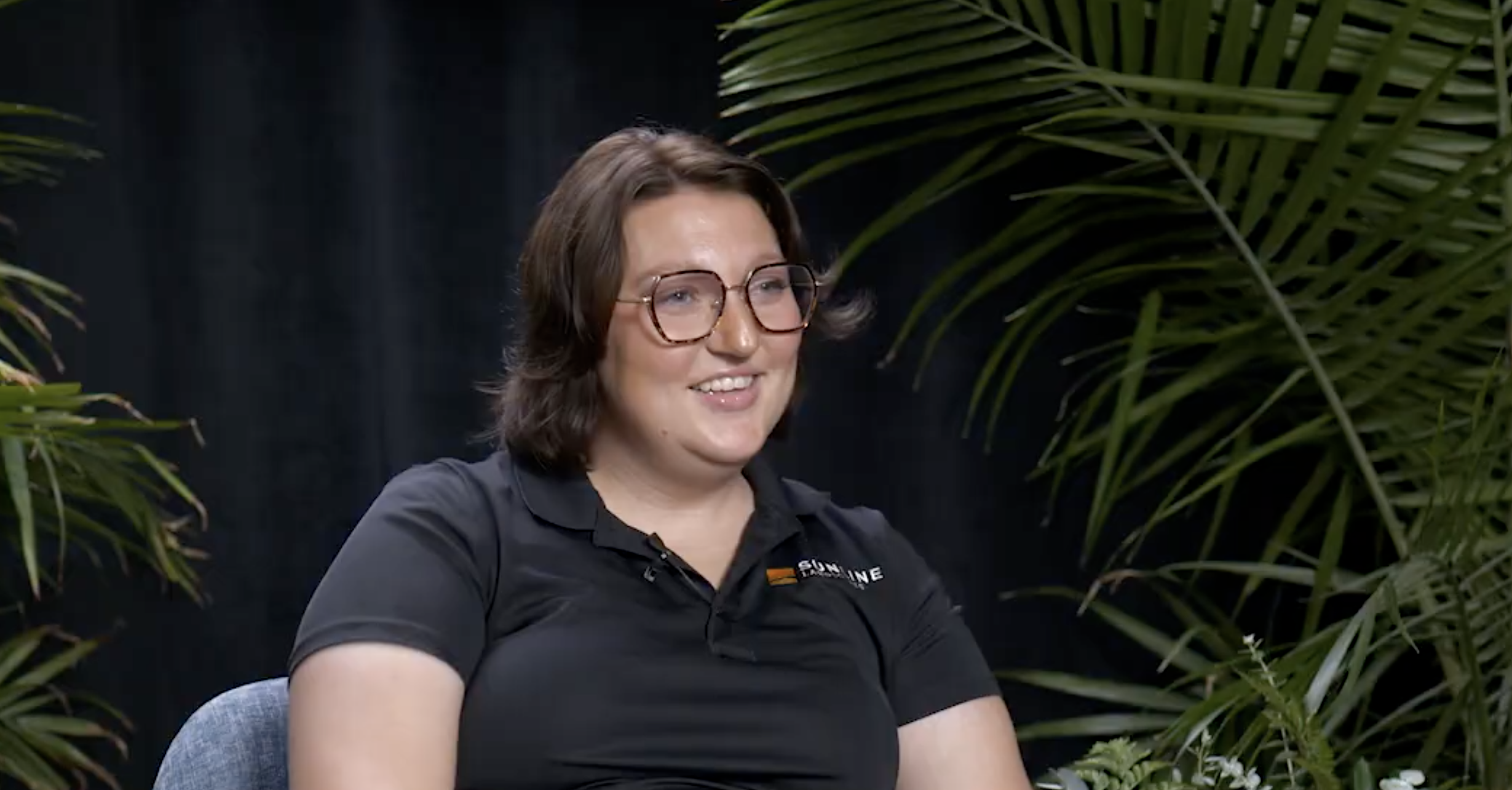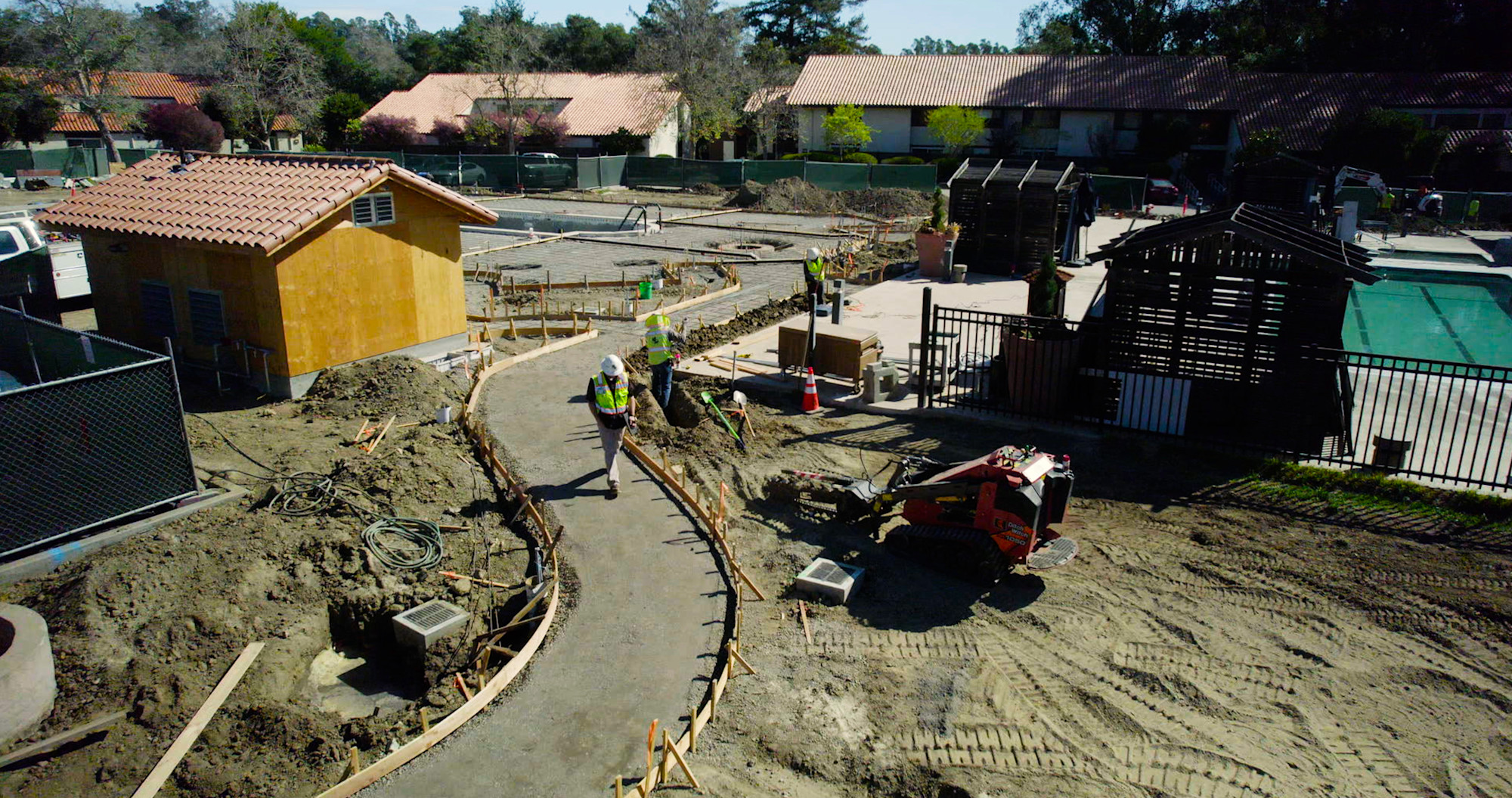Table of Contents
Mark sits on his lanai overlooking the ocean, Ocean's Eleven playing in the background. It's a Friday afternoon, and for the first time in years, he's not stressed about what's happening back at the shop. He knows exactly where his crews are, what they're working on, and whether he's making money. But it wasn’t always this way.
Three years ago, Mark thought he had it all figured out.
As the owner of Ballenger Landcare in Jacksonville, Florida, he knew his irrigation and landscaping business needed better systems. His corporate background had taught him that much—you can't grow a profitable company by managing everything in your head and hoping for the best.
So he tried to implement Aspire. When that didn't work, he tried a few other systems. Then he considered building something custom on Salesforce.
Each attempt ended the same way: frustrated employees, incomplete setups, and Mark throwing in the towel.
"When you don't have buy-in from the team, nothing else matters," Mark reflects. "It doesn't matter if the executive team wants it. If the rest of the team doesn't have buy-in, it's not gonna matter."
His senior employees would skip meetings, complain about having to learn new systems, and make their displeasure known to everyone else. The negativity spread through the ranks like wildfire. Soon, nobody wanted anything to do with the new way of doing things.
Mark was stuck running a business the old-fashioned way—fielding phone calls about broken sprinkler heads, trying to track who was where, and having no real idea if jobs were profitable until weeks after they were done. If they were lucky.
The Reckoning
By 2024, Mark had reached a breaking point. Not with technology—with people.
"I got rid of everybody else," he says matter-of-factly. It sounds harsh, but Mark had learned something crucial: you can't change people who don't want to change. "I attempted to hire only people who had experience with larger companies, and the reason for that is that they would know the importance of what I'm asking them to do."
Enter Michelle, who had worked with enterprise software before and understood purchasing systems. Brian joined the operations team. Mark built a crew of people who had seen what good systems could do—people who wouldn't roll their eyes when he talked about processes and data.
Getting It Right
When Mark called Aspire back, something had changed on their end, too. Instead of signing up for generic training sessions and hoping for the best, he got Implementation Manager Natalie Walters as his dedicated project manager. They had weekly check-ins—real conversations about real problems.
"I don't think we had to meet with someone on a regular, weekly basis like you and I do," Mark tells Natalie during their recent catch-up call. "I believe it was like sign up for these classes, and good luck."
The old way had been like trying to learn to drive by watching YouTube videos.
The new approach felt like having an actual driving instructor in the passenger seat.
Michelle dove into the system setup while Mark focused on something just as important: showing his team that this time was different. When the boss attends every training session and discusses the system as if it matters, employees pay attention.
"The senior person must be on board," Mark explains. "It can't be pushed. And they have to lead by example."
Forty Days Later
On April 1st, 2025, Ballenger Landcare flipped the switch. Every technician started clocking in through the new system. Every job got tracked. Every issue got correctly logged instead of being communicated through frantic phone calls and text messages.
Mark had braced for the usual resistance, complaints, and requests to "go back to the old way." Instead, something remarkable happened: nothing. No pushback. No complaints. The team just...did it.
The transformation wasn't just about technology. It was about culture. When people believe the leadership is committed and they understand why they're doing something, they'll move mountains.
The View from the Lanai
Today, Mark can sit on his lanai because he has something he's never had before: visibility.
"This to me is the biggest aha moment," he says, sharing his screen during the call with Natalie. "Looking at last month's P&L, I've never had visibility into it."
The numbers tell the story: $140,000 in monthly revenue, clearly visible. Labor costs are running $3,000-4,000 under budget. Gross margins that make sense instead of mysterious money that disappears between invoicing and depositing checks.
"I looked at the 98% gross margin and said, 'Where the hell did all the money go?'" Mark laughs. Now he knows. More importantly, he knows in real-time, not weeks later, when it's too late to do anything about it.
But the real revelation isn't the numbers—it's what the numbers make possible.
The Hard Truth About Change
Mark's story isn't really about software. It's about the hard truth that most business owners don't want to hear: sometimes you have to blow everything up to build something better.
"Small business owners have no clue about this stuff," Mark says. "You've got to carve out time. You've got to hire extra people because you've got to carve out time for your existing people to go to training."
Most owners attempt to implement new systems in the same manner they approach everything else—on nights and weekends, squeezing it in between customer calls and putting out fires. Mark learned that the ‘same old’ approach guarantees failure.
The second time around, he hired Michelle specifically to manage the implementation. He restructured his entire team. He planned the timing like a military operation. He showed up to every meeting and made it clear this wasn't optional.
"It all starts at the top," he says. "You've got to have a driver as a champion and a team that is willing to accept change and embrace a new way of doing business. If not, it’s going to be very much a challenge."
What Success Looks Like
Three months after going live, Mark still hasn't done his month-end closing. "I haven't made it a priority," he admits with a laugh. He's not worried about it because, for the first time in his business career, he's not flying blind.
He can see his labor costs in real-time. He knows which jobs are profitable before he finishes them. His technicians handle issues through the system instead of calling him every time a sprinkler head breaks.
"It's just crazy how much more efficient, much more transparent we are," he reflects.
The man who once tried and failed to implement systems multiple times now sits comfortably knowing his business runs whether he's watching every detail or not. That's not technology talking—that's freedom.
And on Friday afternoons, when the ocean breeze is just right and the TV’s playing in the background, that freedom feels pretty good.






